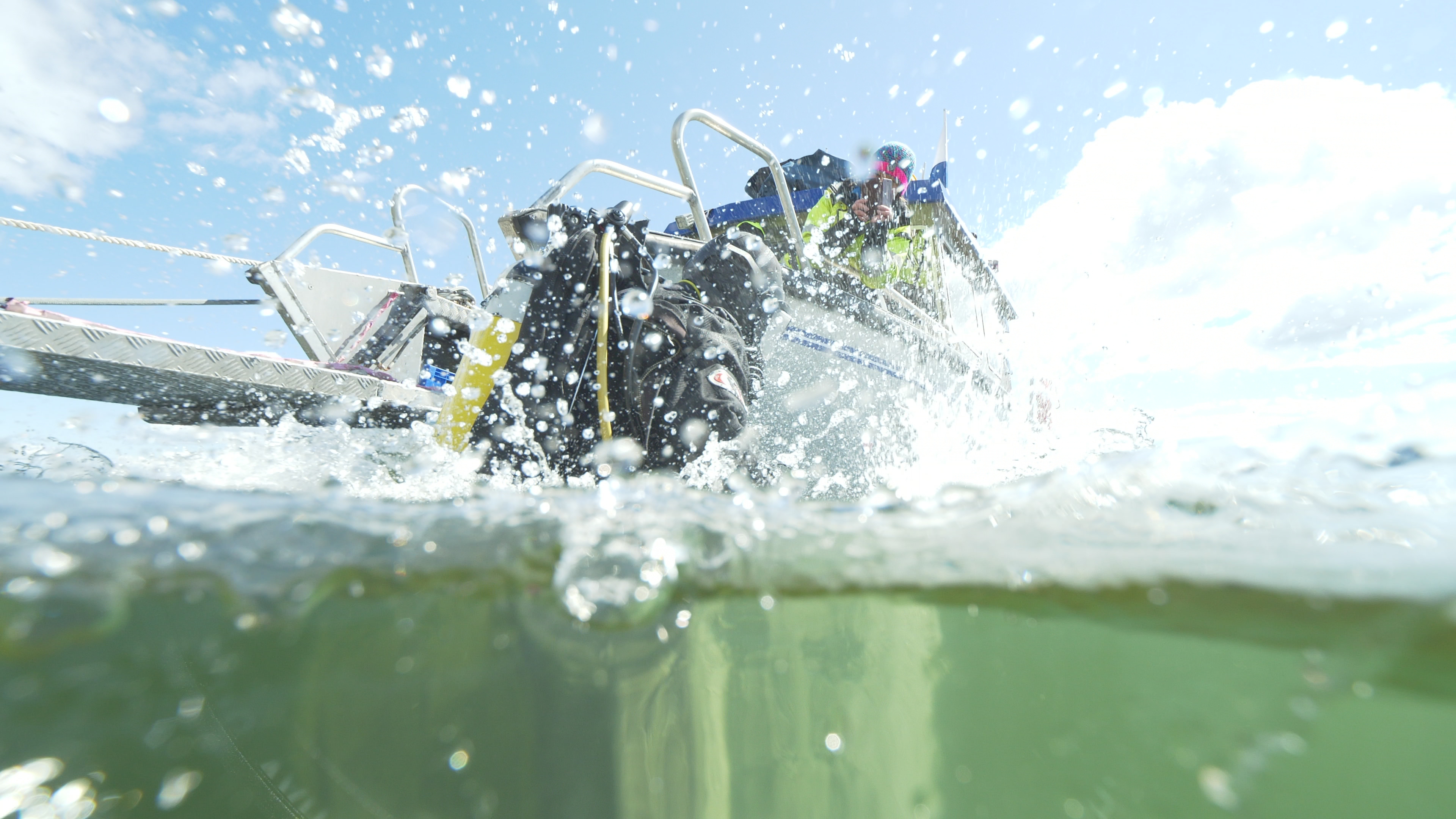
Guidelines for Recreational Divers
Well-planned is half done," applies well to diving. Plan your dive well in advance: consider the depth, the quality of the site and its surroundings, find out the nearest coast guard station, and create a rescue plan.
ㅤ
When planning recreational diving, it's important to note that wrecks may be located within a nature reserve or another protected area. For example, diving in the Archipelago Sea National Park requires a permit. When diving in private waters, remember to be considerate of the area's residents/owners.
ㅤ
Dive sites are never located by trawling, but their location is determined, for example, using sonar or by diving. Anchoring should be done far enough from the wreck so that the anchor doesn't fall onto or drag the wreck. For some protected wrecks (e.g., the Kronprins Gustav Adolfs wreck off Helsinki), a buoy with a ring is already in place for attaching the vessel. Only one vessel is attached to the buoy at a time.
ㅤ
Do not dive in strong winds. The anchor may drag onto the wreck or pose a danger to divers. Also, consider the characteristics of your vessel and other water traffic. Remember the diver-down flag!
ㅤ
Follow the safety instructions of the Finnish Sports Divers' Federation. Familiarize yourself with PADIN, the Finnish Sports Divers' Federation, the National Board of Antiquities, and the Military Museum's "Respect Our Wrecks" campaign.
ㅤ
Remember to leave sufficient crew on the boat and ensure that a functional VHF radio or mobile phone is onboard. All divers should be aware of their locations and emergency numbers.
ㅤ
Dive in pairs and make sure your equipment is in good condition and compliant with safety regulations.
ㅤ
Attaching guide ropes to wreck structures is not allowed, even if they are in good condition. Attach guide ropes / ascent lines to the seabed, for example, using a weight.
ㅤ
In wrecks, each diver is responsible for themselves. Do not take risks with yourself or others. Do not enter the interiors of old wrecks, as structures may collapse. Bubbles trapped under structures weaken them. Do not touch wrecks, and do not alter or lift artifact assemblages.
ㅤ
Ensure that there are not too many divers on the wreck at once. Visibility easily disappears, endangering both the wreck and divers.
ㅤ
Be aware of entanglement risks. Wrecks are three-dimensional, and there may be ropes or lines. For example, air hoses or other diving equipment parts easily get tangled in wreck structures. Take care of your dive computer!
ㅤ
Regardless of the time of day or night, there may be darkness on a wreck. Bring a lamp with you.
ㅤ
Move slowly and use your fins preferably sideways. A careless fin kick may damage the wreck.
ㅤ
Remember to monitor your air supply and dive time. When observing an interesting wreck, it's easy to forget the passage of time. Leave air for ascent and surface swimming.
ㅤ
Controlling buoyancy is crucial in wreck diving. If you're documenting or sketching the wreck, avoid leaning on its structures.
ㅤ
Detach from the site cautiously. Do not leave ropes or lines on the wreck. Also, do not take souvenirs from your dive; it's prohibited by law. All items retrieved from the water require conservation to survive, and it's expensive and time-consuming.
ㅤ
Remember to report to the Finnish Heritage Agency if you discover previously unknown underwater cultural heritage, whether it's a boat, a structure, a shipwreck, or a loose artifact. You can also provide information about known sites. We gladly accept information from recreational divers as well.